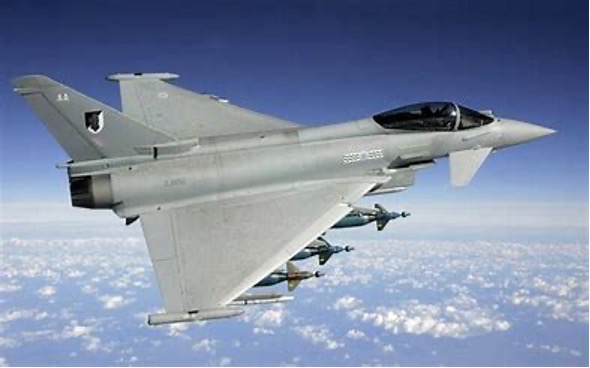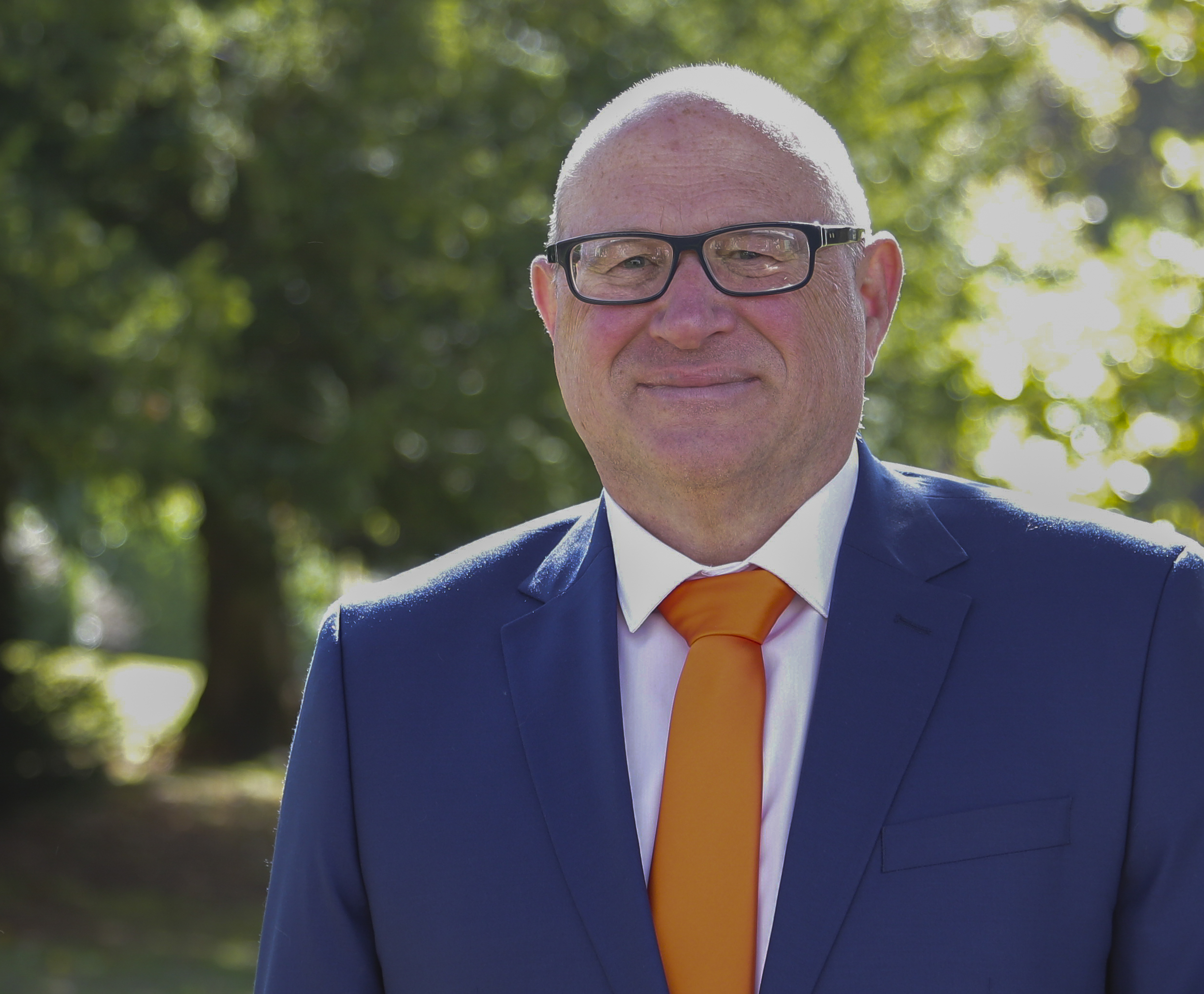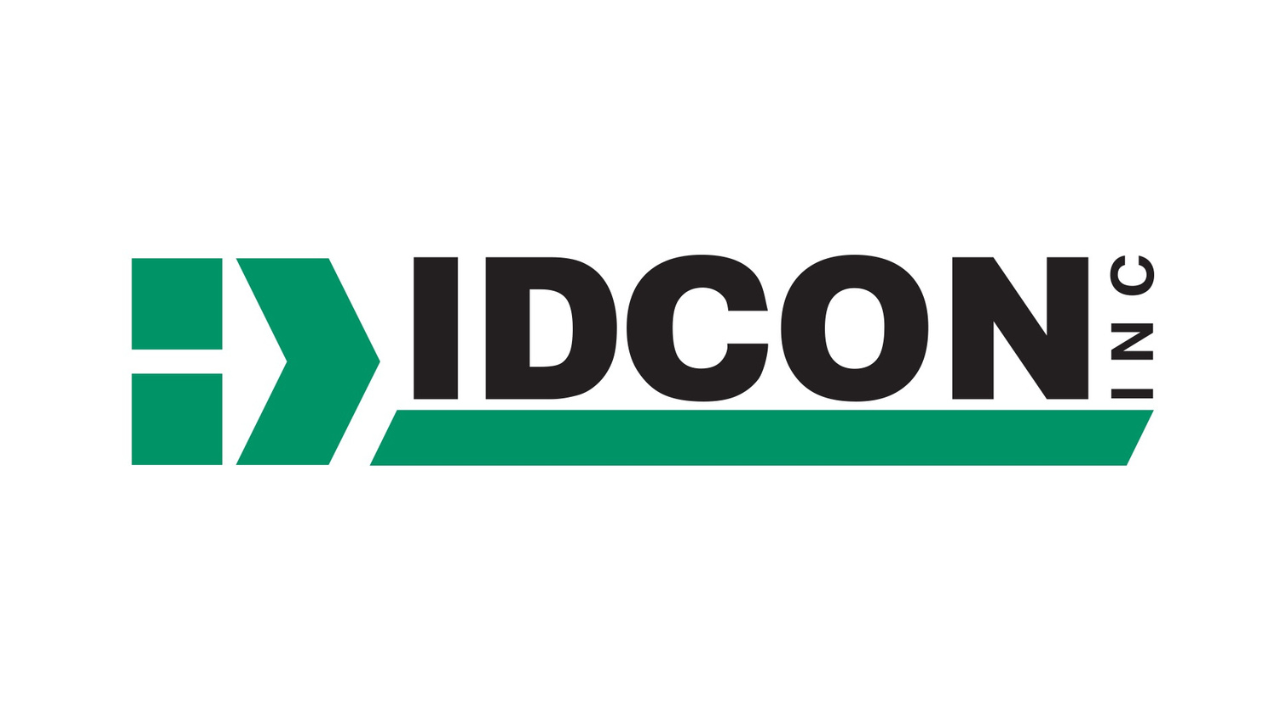Achieving TPM Excellence the Fast Jet Way
Dr Anthony Kenneson-Adams. MA. Bsc(Hons). FInstLM. Royal Air Force (Ret’d)
Posted 12/06/2022
TPM Excellence
A Personal Perspective – Introduction
Although I have now spent almost 40 years on the Total Productive Maintenance (TPM) journey I am still surprised at how quickly evolving to the next of the 8 stages of TPM reaps measurable and sustainable results.
My first 30 years as a maintenance engineer was spent in the Royal Air Force working on aircraft that entered service in the 1950s such as the Hunter, Canberra and Vulcan, through aircraft of the 1960 and 70s such as the Buccaneer and Harrier to the Tornados of the 1970s and 80s, to our most cutting-edge platforms at the time C130J Hercules and the Eurofighter Typhoon of the 2000’s. These aircraft represented over 50 years of aerospace technology and operational excellence.

Mission Focus
Though these aircraft represented huge changes in technology, mission and reach, one thing they all had in common was that when we needed to meet a take-off time for troop movements to Northern Island, bombing missions to the Falkland’s, air lifts from Cyprus, combat missions over Bagdad, combat air patrols over London post 9/11, delivering emergency aid relief around the globe, or intelligence gathering over Afghanistan, the aircraft were ready to punch holes in the sky and achieve the mission at operational readiness tempo as and when we needed them. This mission availability was a function of the outstanding people and optimised processes that ensured aircraft reliability and thus mission availability.
Business Focus
I am happy to say “I learnt about TPM” (even though we didn’t call it that at the time) from working at such a unique level of excellence and with people of outstanding character and competence. So, when I moved into the civilian world of continuous process manufacturing in the USA, I saw no reason to change my methods or philosophy when it came to ensuring we had a mission like focus to ensuring our plant and machinery had maximum availability, to run at maximum speed and to produce first quality product ‘right first time every time. Thus, for me, mission focus turned into the three elements of business focus described in Overall Equipment Efficiency OEE, i.e. availability, quality and speed.
The Air Force has a very mature TPM process based on history and a big budget, but this has not stopped me applying this military focus to my civilian career providing my employers and clients with business changing results.
Examples of TPM Results
One example of providing this level of TPM was facilitating an autonomous maintenance event on a rotary cutter in a converting plant that produced the covers for hard back books. At the end of this 3-day event the machine realised an 8% improvement in OEE and a 6% decrease in waste. In a further example on a tube and core machine an autonomous maintenance event and a value stream analysis improved OEE by 14%. In one paper manufacturing mill we achieved a 15% increase in production speed by using the same methods we used to plan aircraft major servicing including initiating a work order system that included detailed planning and scheduling, critical path analysis and work order prioritization. In a second paper mill, through work order planning, and the introduction of robust RCPS and 6 Sigma problem solving the team achieved the equivalent of one extra production day per month.
How was this achieved? Well, I had a dual focus on growing the people and optimising the processes. The people needed to be valued, respected and be integral to the problem-solving process, and the processes needed to be owned and optimised by those who would carry out those processes day after day.
People and Processes as Force Multipliers
By enabling the people and the processes, each team member becomes a driver of change rather than as explained to me before I started the transformation at one plant that they felt like “victims of change”, who “checked in their brain at the front door,” when they came to work. In the military we did not need to be ‘enabled’ to do something we constantly looked to expand our span of control be get things done. This same philosophy can and should be exactly the same in civilian organizations who are being ‘honest about empowerment’ and that ‘meaningfully want to drive TPM and other change from the ground up’. These must become more than great catch phrases, they must become a reality for people if business is truly going to be excellent and seen to be excellent.
This excellence applies directly to TPM. In my civilian practice I have seen that TPM is still a journey, with the tools of the journey having to be adapted to meet the clients point of need and that the journey may take 6 months for a client who already benefits from a level of maturity, to 18 months or more for a client that moves from no TPM through Failure Modes and Effects Criticality Analysis (FMECA), Preventative Maintenance Optimization (PMO) and Predictive Maintenance (PdM) to the integration of a Computerised Maintenance Management System (CMMS) used to drive ongoing reliability through a Failure Reporting and Corrective Actions System (FRACAS). The development of these tools always being matched with the development and growth of leaders and teams who truly engage and care.
Focus on the TPM Journey
What my now 14 years of civilian maintenance engineering experience has taught added to my military experience is that any business can benefit from getting on the journey to TPM excellence even if they just apply one element at a time of TPM and that they focus on sustaining that change committed to the formula of:
People + Processes = Performance
In civilian maintenance as in military aviation maintenance philosophy, TPM can enable any business to as the RAF would say “Rise Above the Rest.” It takes courage to commit to the TPM journey, but in every case I have seen the evolution of TPM from one pillar to another, to make meaningful impact to businesses.

Dr Anthony Kenneson-Adams
Dr. Anthony Kenneson-Adams had a 30-year career in the Royal Air Force, becoming a Senior Engineering Officer, Project Manager and Engineering Authority responsible for multiple fast jets and large-body aircraft in peace and war operations. On retiring from the Royal Air Force, he became a Corporate Operational Excellence Consultant in the Paper Manufacturing and Packaging Industries and is now the Head of Learning and Knowledge Transfer for the international Project 7 Consultancy. You can contact Anthony at www.project7consultancy.com or [email protected]
Related Articles

What is Total Productive Maintenance?

What is Preventive Maintenance? A Comprehensive Guide

Develop and Manage Preventive Maintenance






